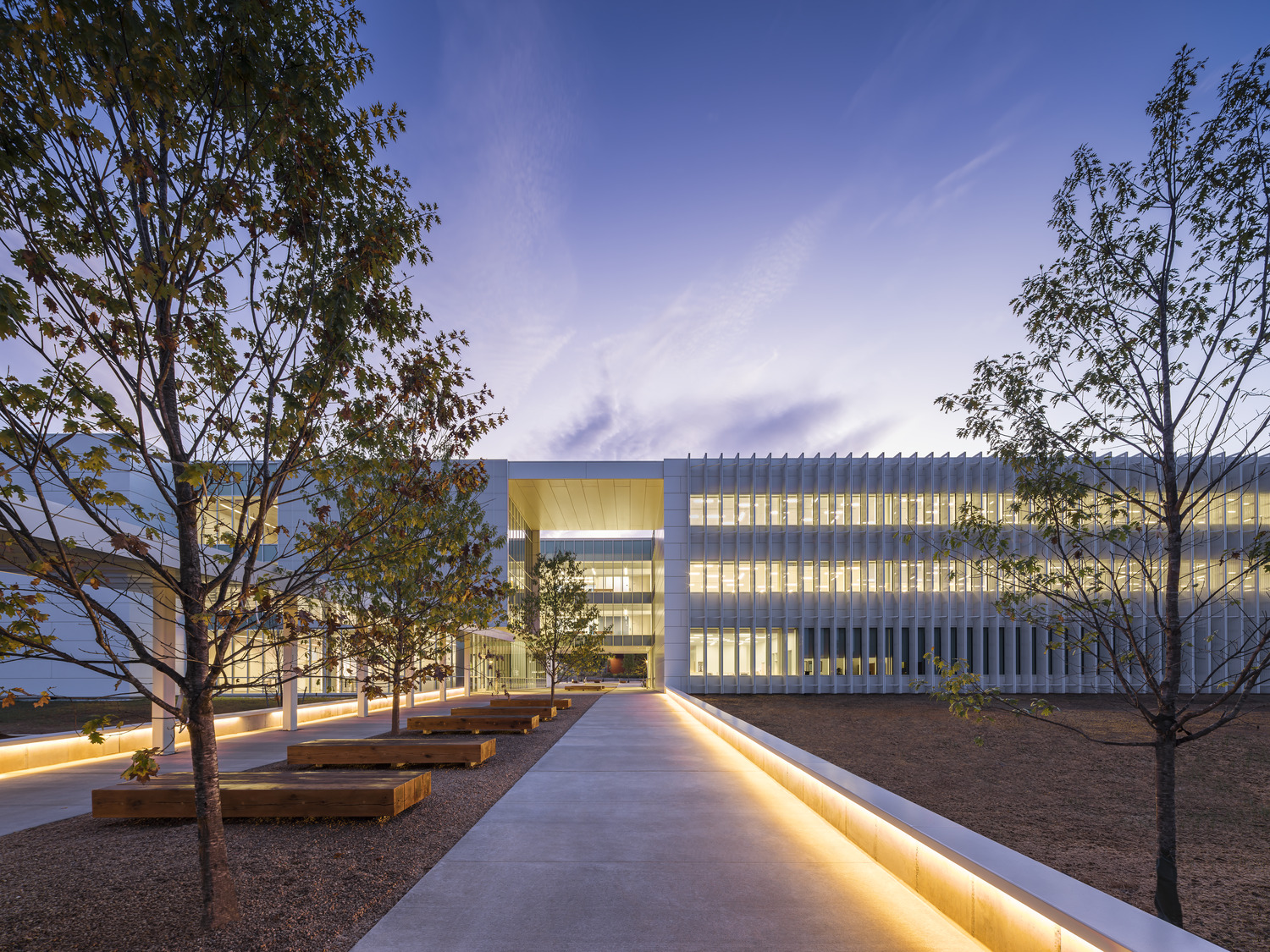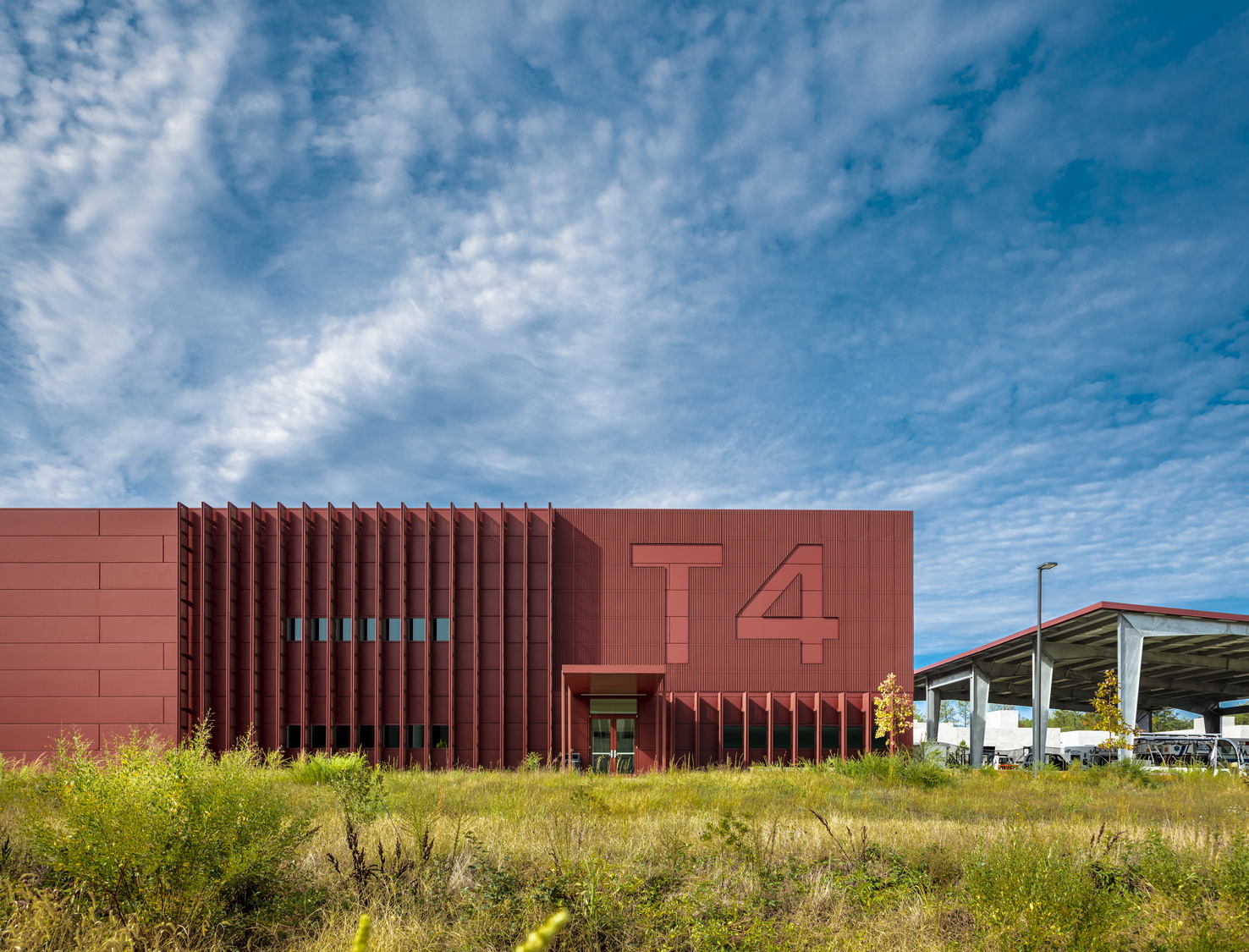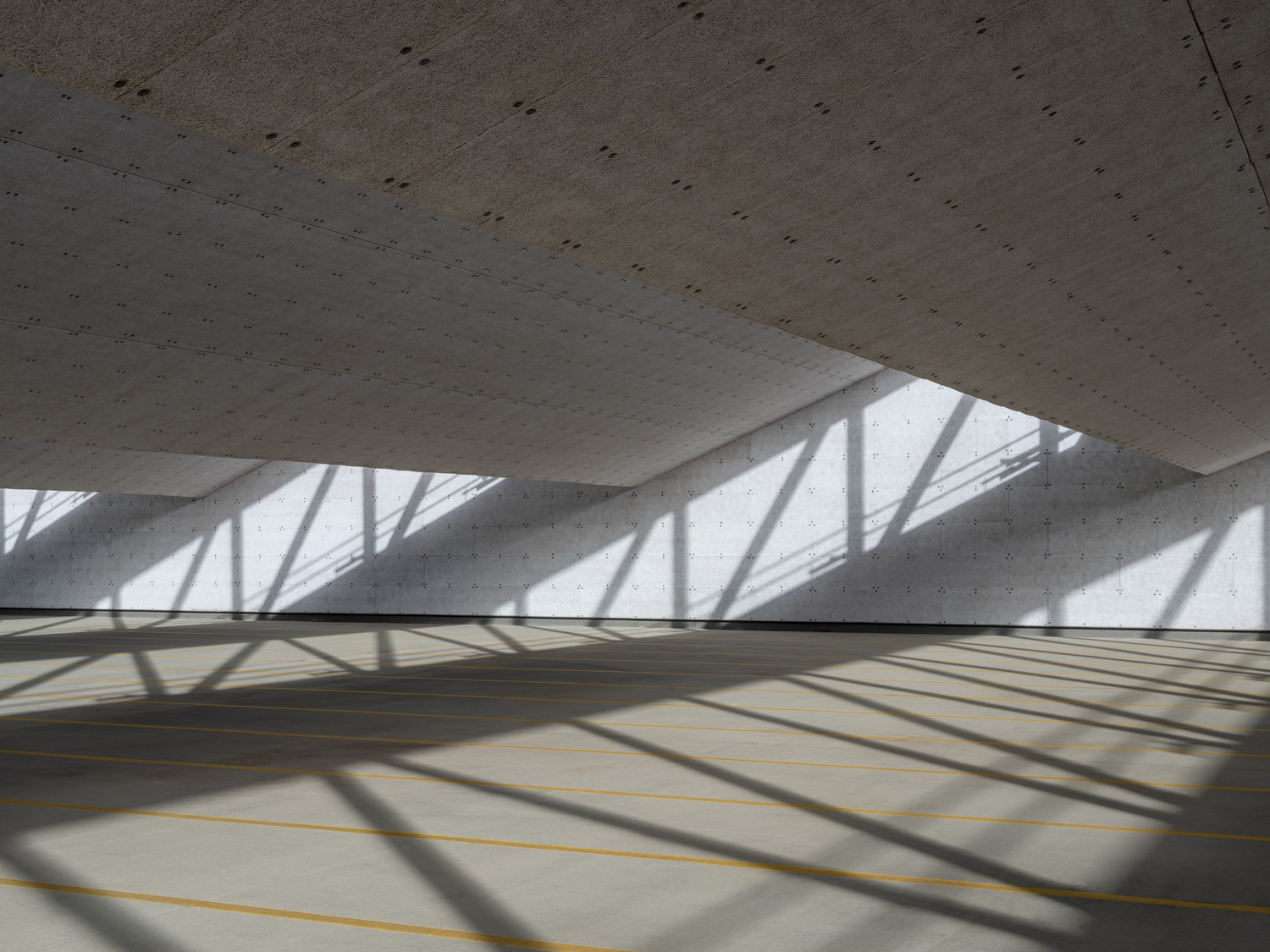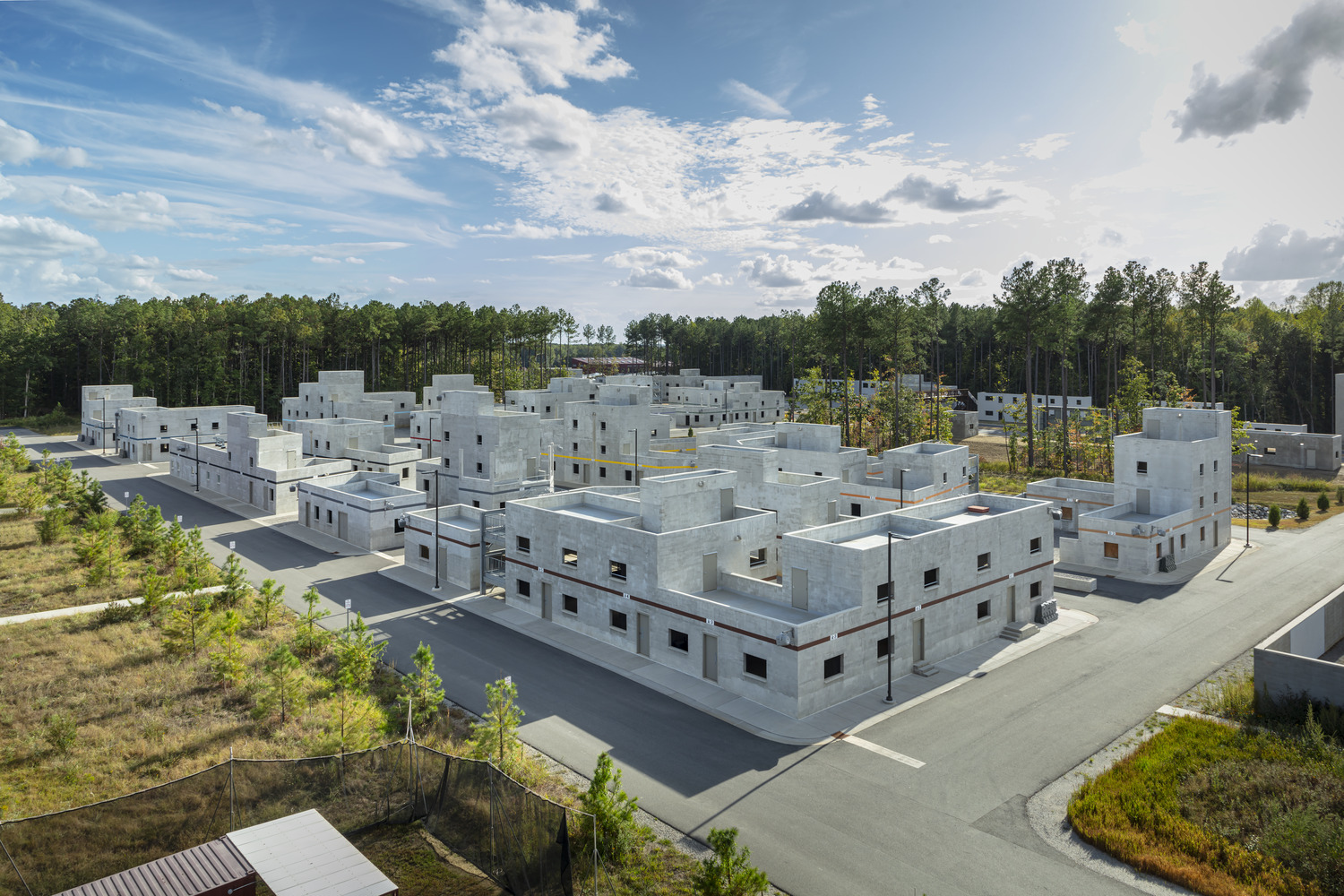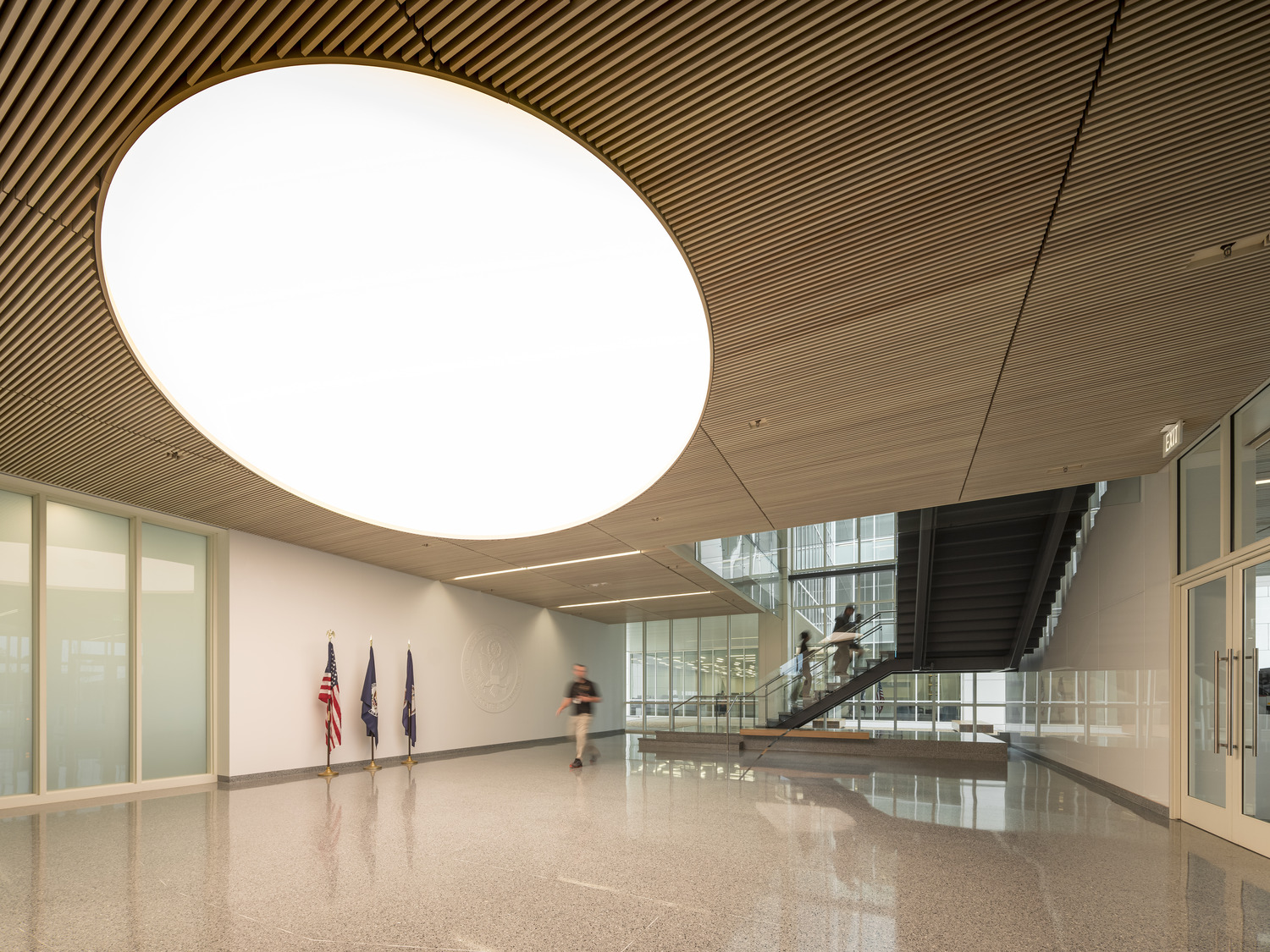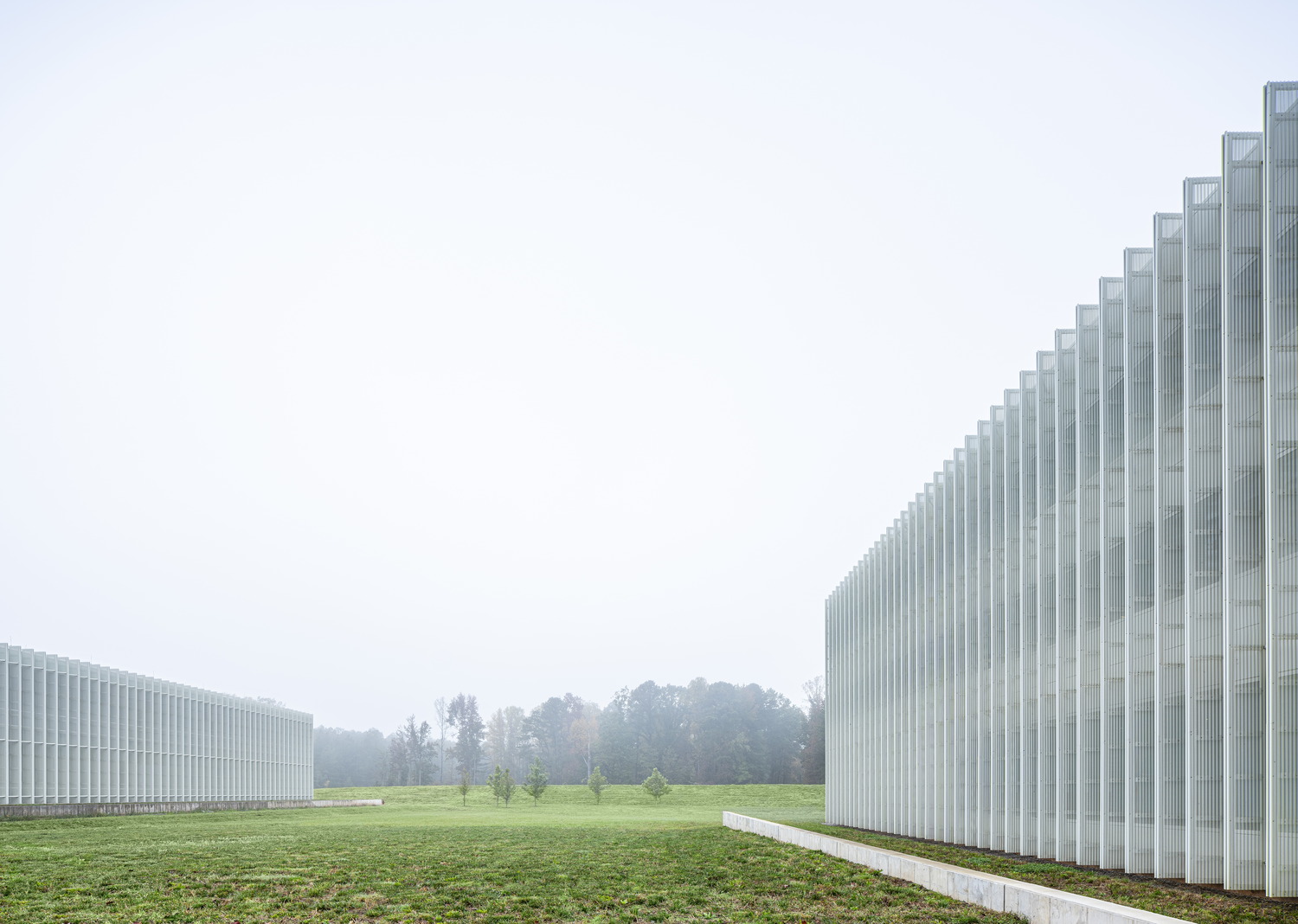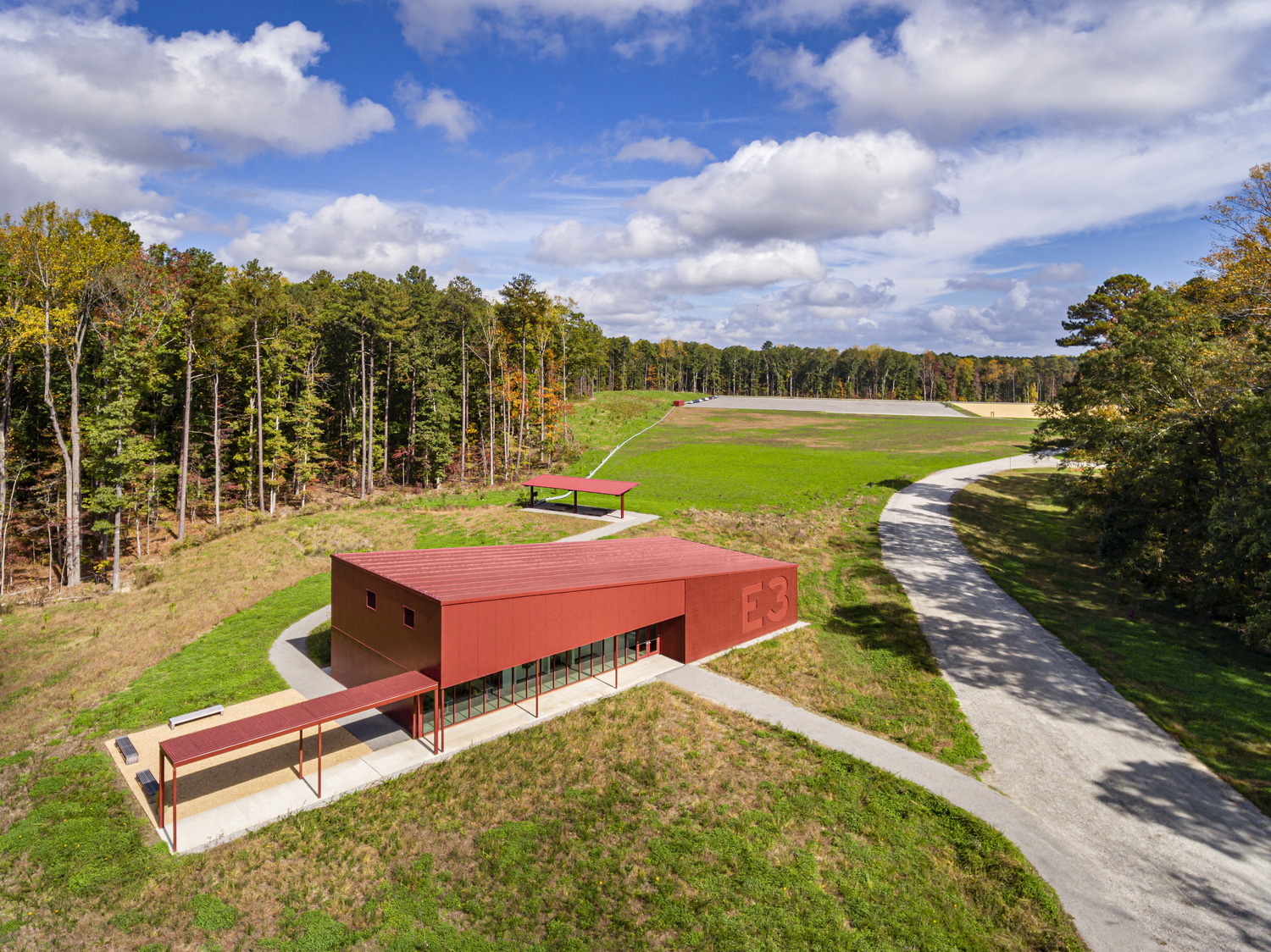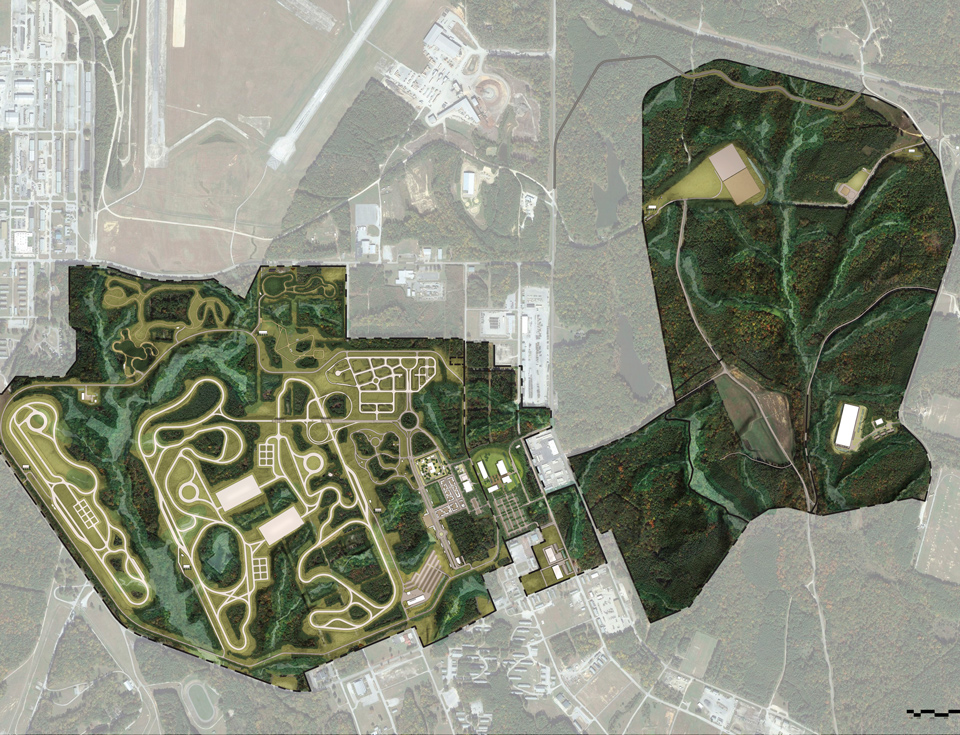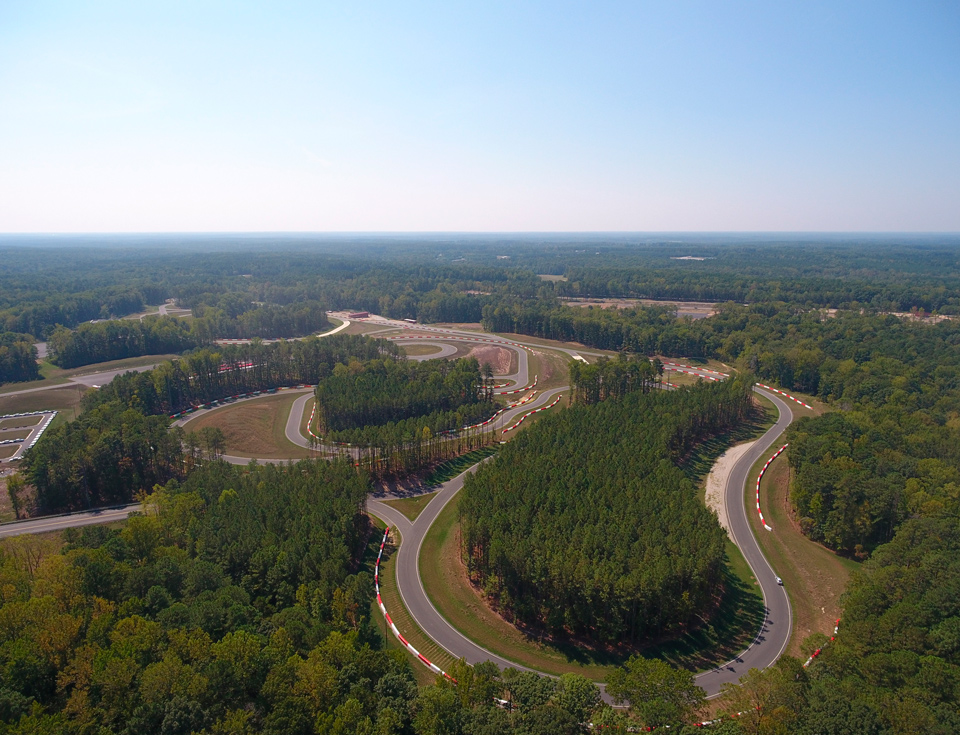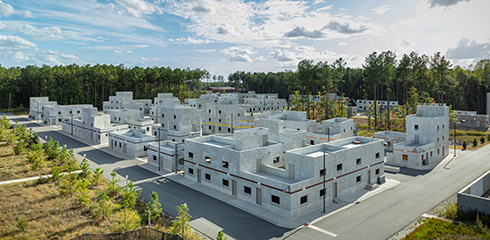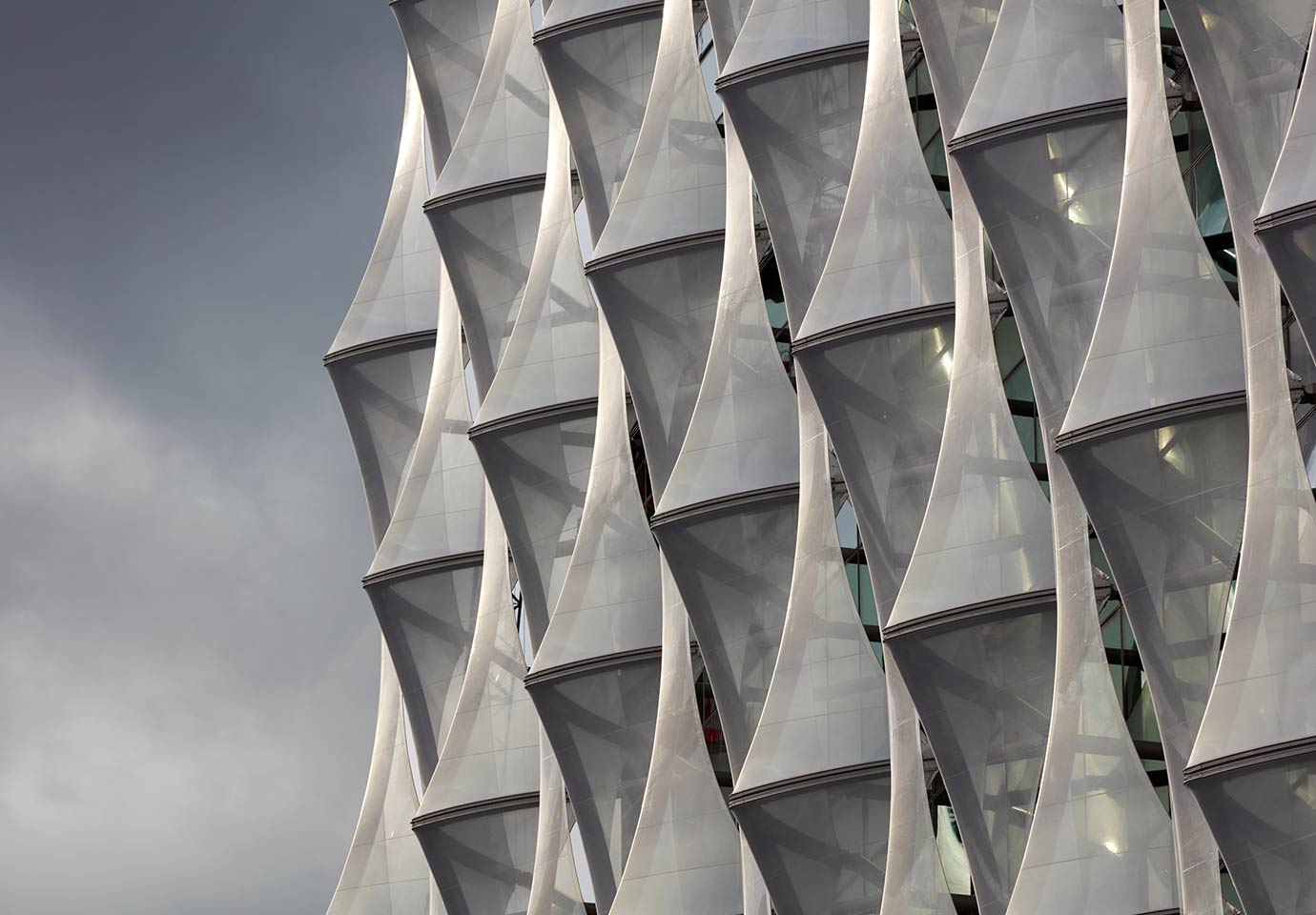How can we design a hard-skills training facility that will help promote safety and security for American governmental officers abroad?
Located on a 1,350-acre site in rural Blackstone, Virginia, the Foreign Affairs Security Training Center (FASTC) consolidates the US Department of State's hard-skills training from 10 separate venues into a single purpose-built facility for the first time. KieranTimberlake was commissioned to design the campus, which comprises 18 fully occupied buildings and 85 individual training and support structures totaling more than 500,000 square feet.
This project was a unique challenge, requiring nineteen distinct training venues including firearms facilities, simulated tactical environments, two explosives pads, and 19 miles of specialized driving courses. With input from the Department of State's experienced subject matter experts, each training venue was designed to support specific training curricula designed to keep the Department's security personnel, diplomats, foreign service officers, and their families safe overseas.
The design of FASTC's training buildings is simple, dignified, efficient, and scalable. Repeatable and economical construction systems allowed us to establish an architectural language that is flexible enough for use on numerous dispersed buildings of varying purpose, scale, and context, while still establishing a clear and legible identity for FASTC that is distinct from the surrounding structures of Fort Pickett army base.
CORE CAMPUS
The three-building grouping of the Main Administration Building, Tactical Training Building, and the Fitness Center with Café establish the FASTC campus core. These buildings, the courtyard they define, and the clearing within which they are situated serve as a point of arrival and orientation for the larger campus.
Students begin each day at the core and are shuttled to the outlying training venues for specialized hard-skills training. Each training venue is supported by a dedicated classroom building that acts as a marker and point of arrival for the venue. Just as the core establishes a center for the larger campus, each classroom building serves as a reference point, contributing to the clarity and legibility of the campus. These structures provide classroom space for instruction and after-action review, break rooms for students, and workspace for instructors.
LANDSCAPE
The landscape design of the Administrative Core provides a welcoming and secure environment, using vegetation and landform to create a distinct and functional exterior space. The Core plaza sits within an oval-shaped clearing that is bounded by an arcing berm, which together creates a threshold between the surrounding forest and the new facility.
Stormwater treatment is prominently featured in planted bio-retention ponds and in a permeable parking lot, where woodland trees establish visual connection to the nearby forest. The native grasses and forbs of the Core meadow offer seasonal interest and healthy, diverse habitat. Visitors' experience is enhanced by immersion in natural systems, which draw on the ecological and agricultural history of Central Virginia, with its interlocking patterns of old fields and woodlands.
The training offered at FASTC will help the foreign affairs community to develop the practical skills needed to operate on the global stage. Trainees learn how to detect surveillance, provide emergency medical care, recognize explosive devices, and become experts in firearms and defensive driving. This new consolidated facility improves efficiency and reduces operating costs while promoting the safety and security of American government employees working abroad.


